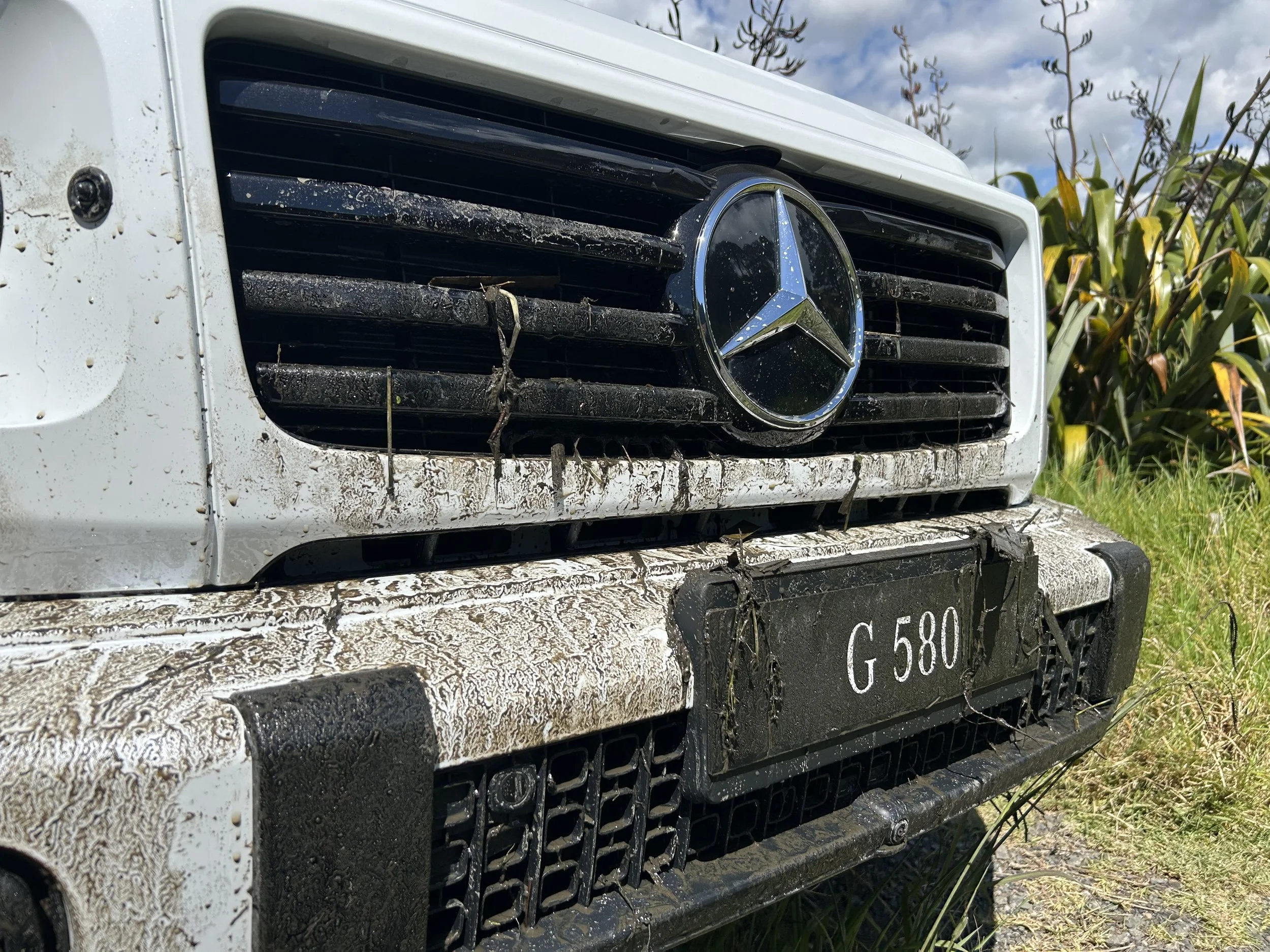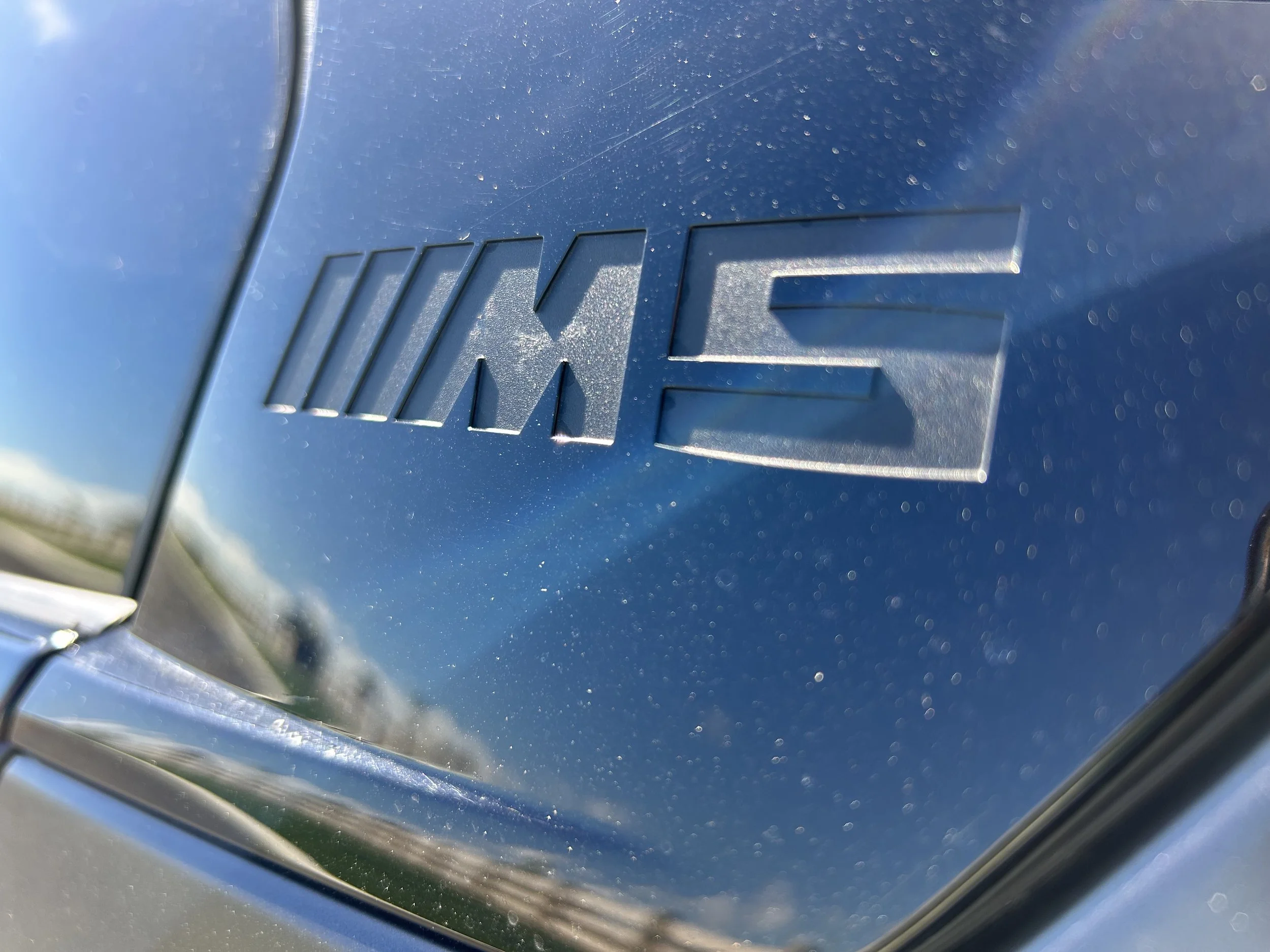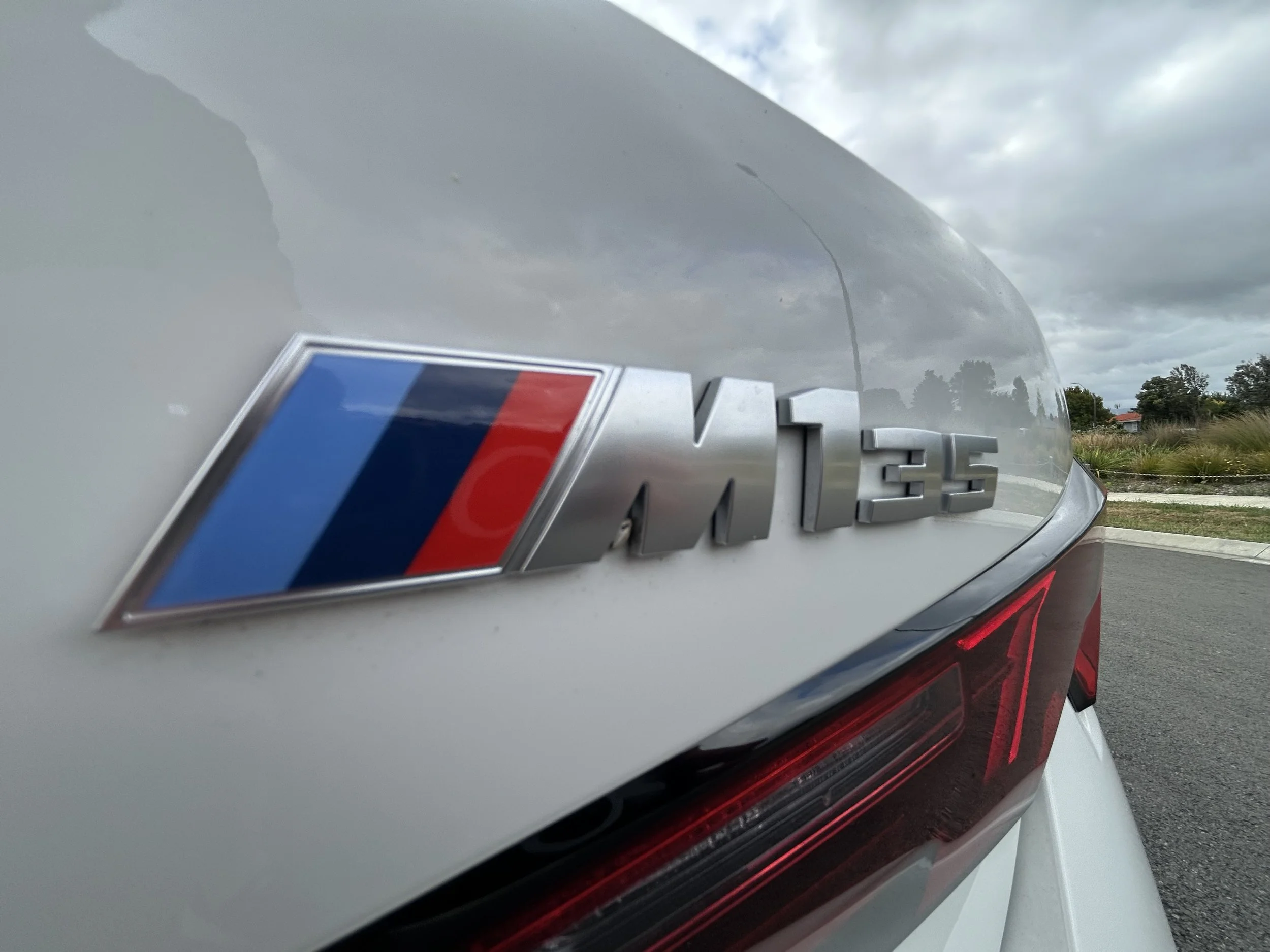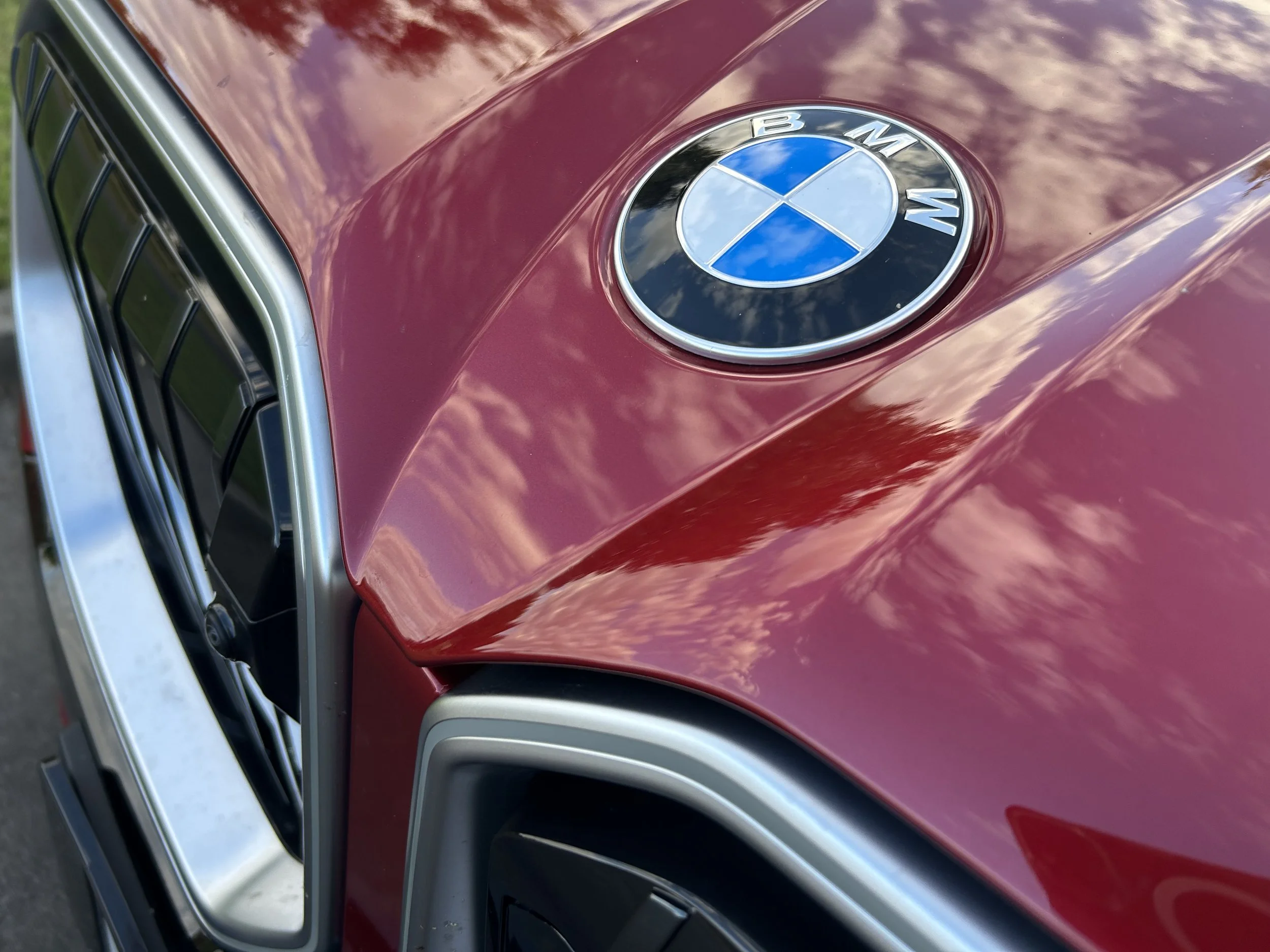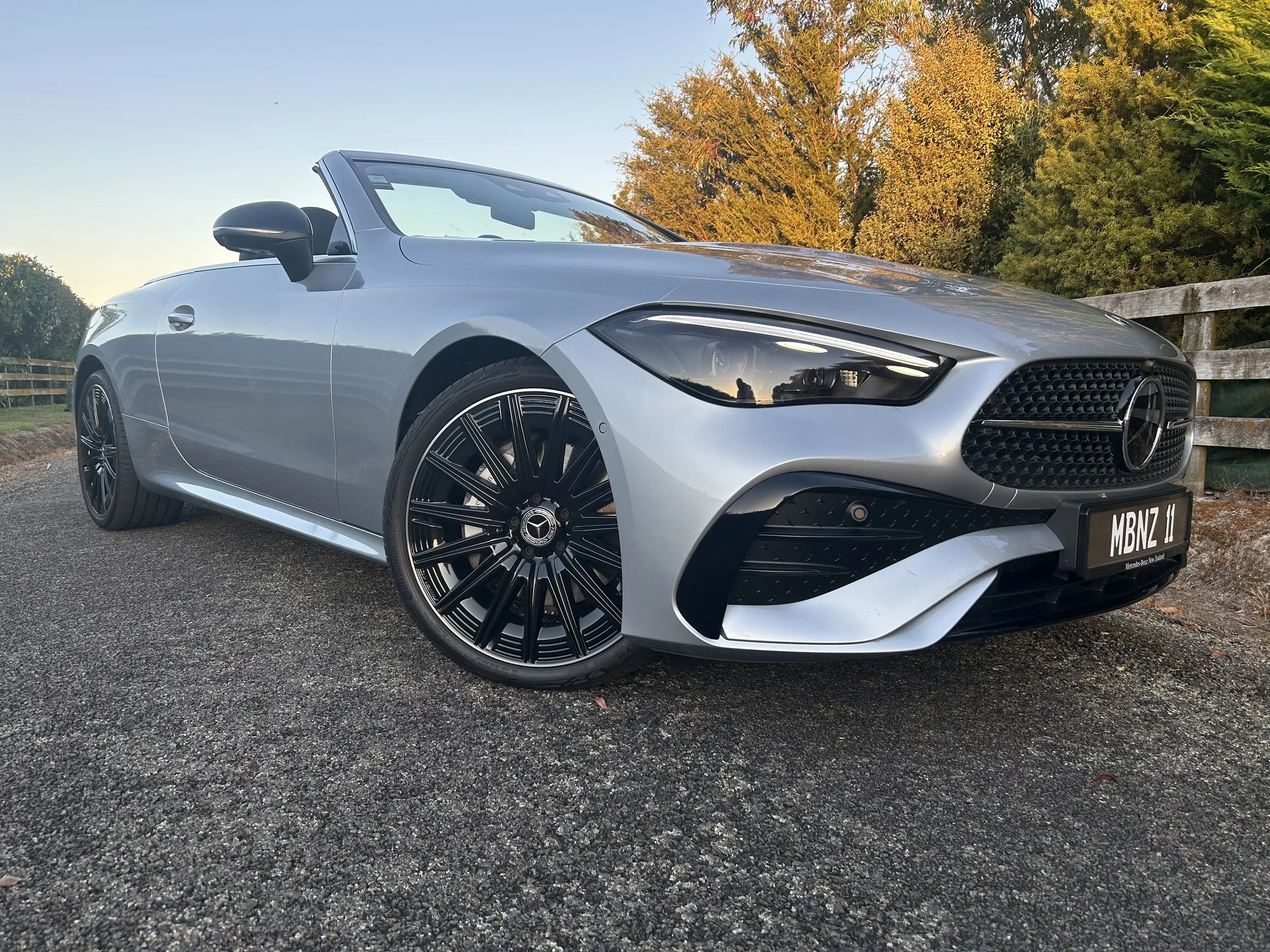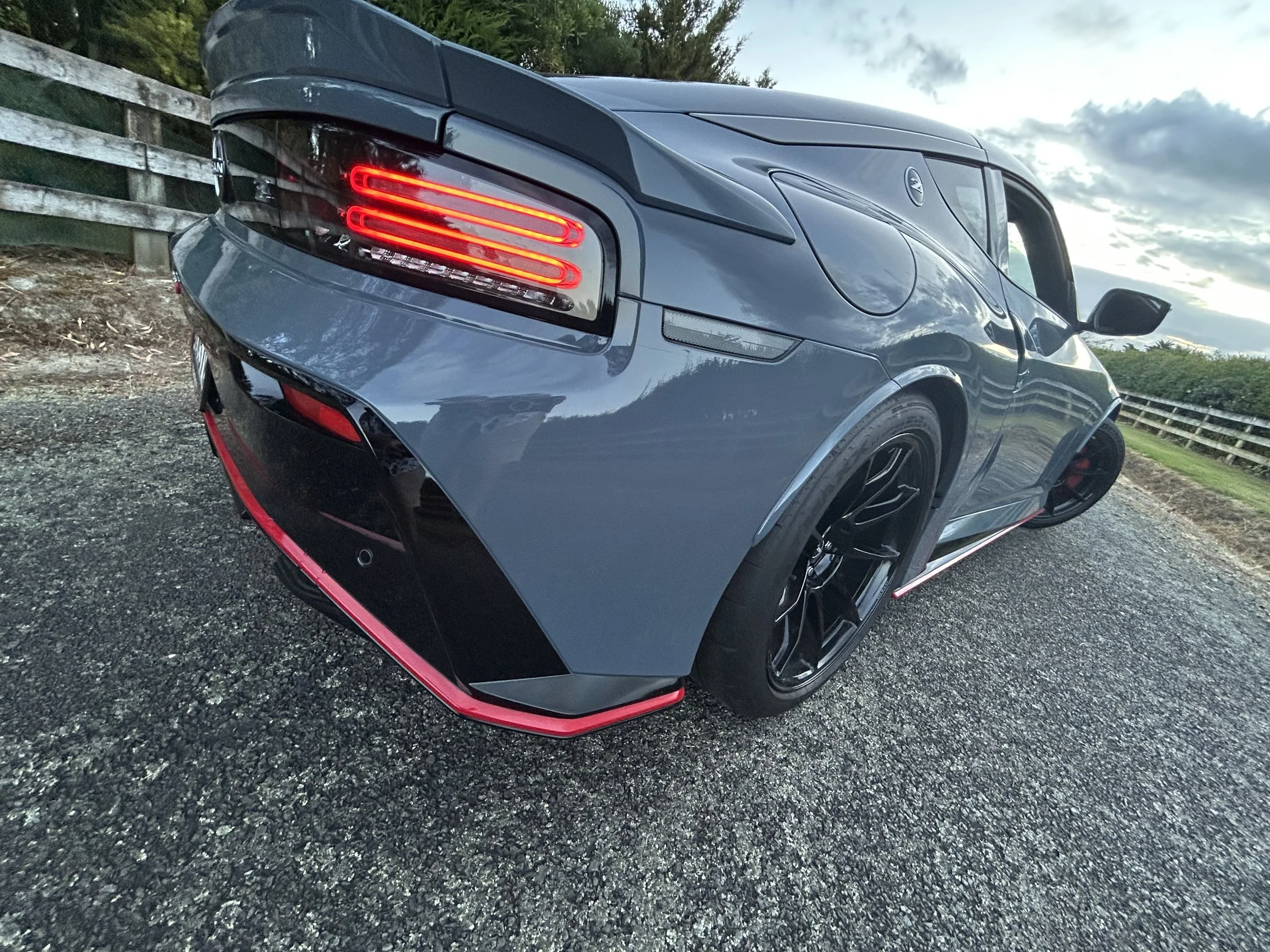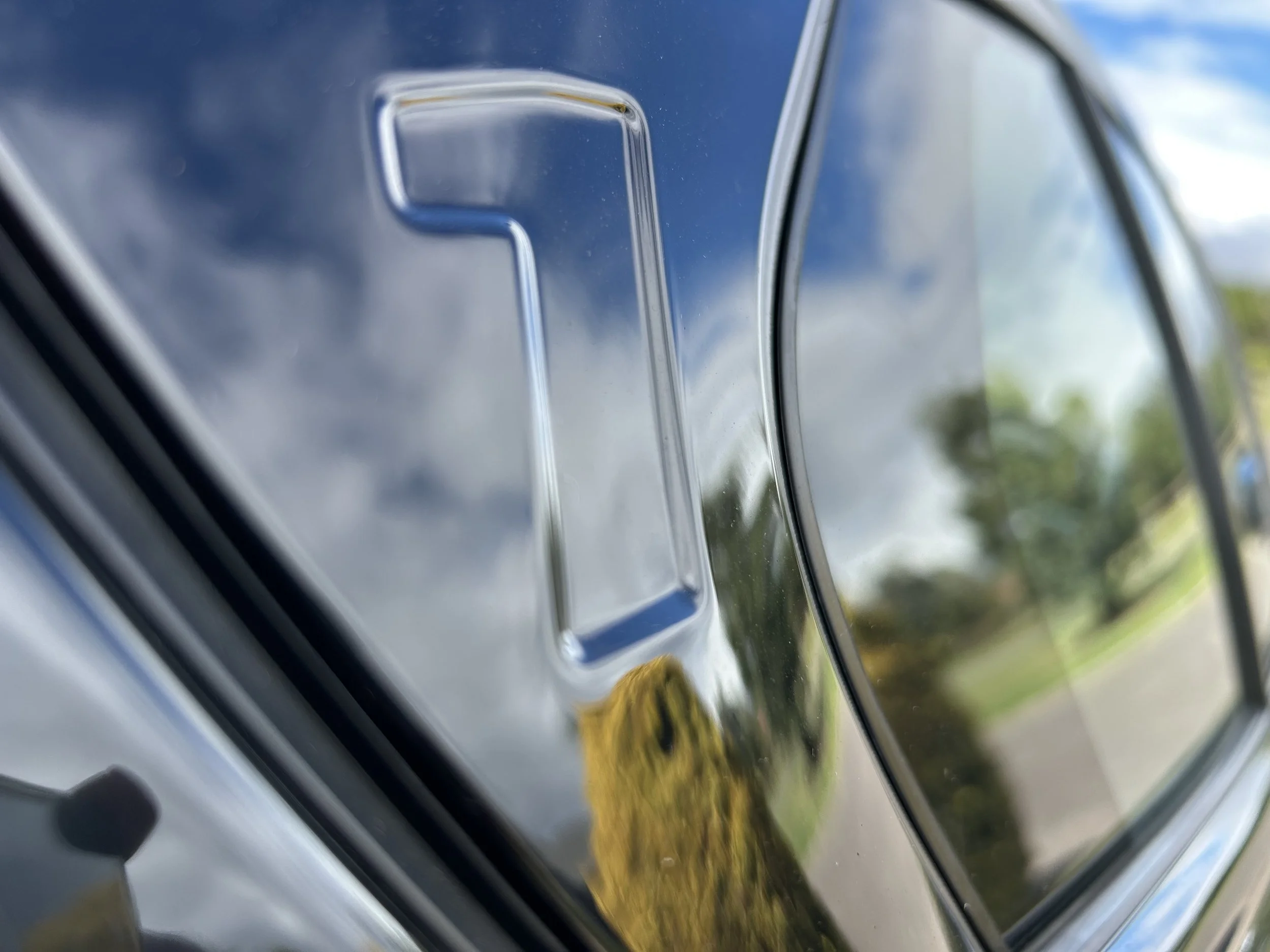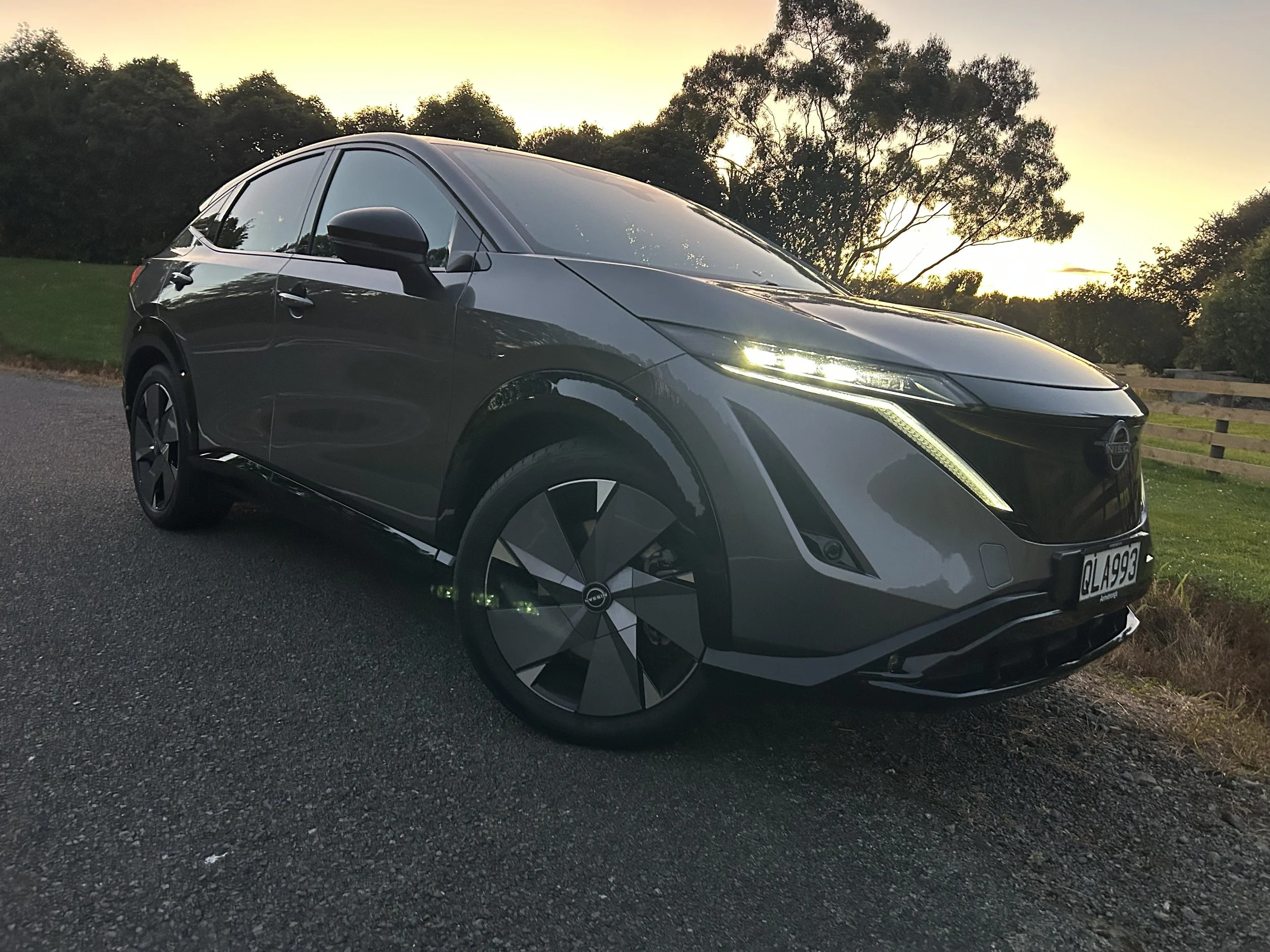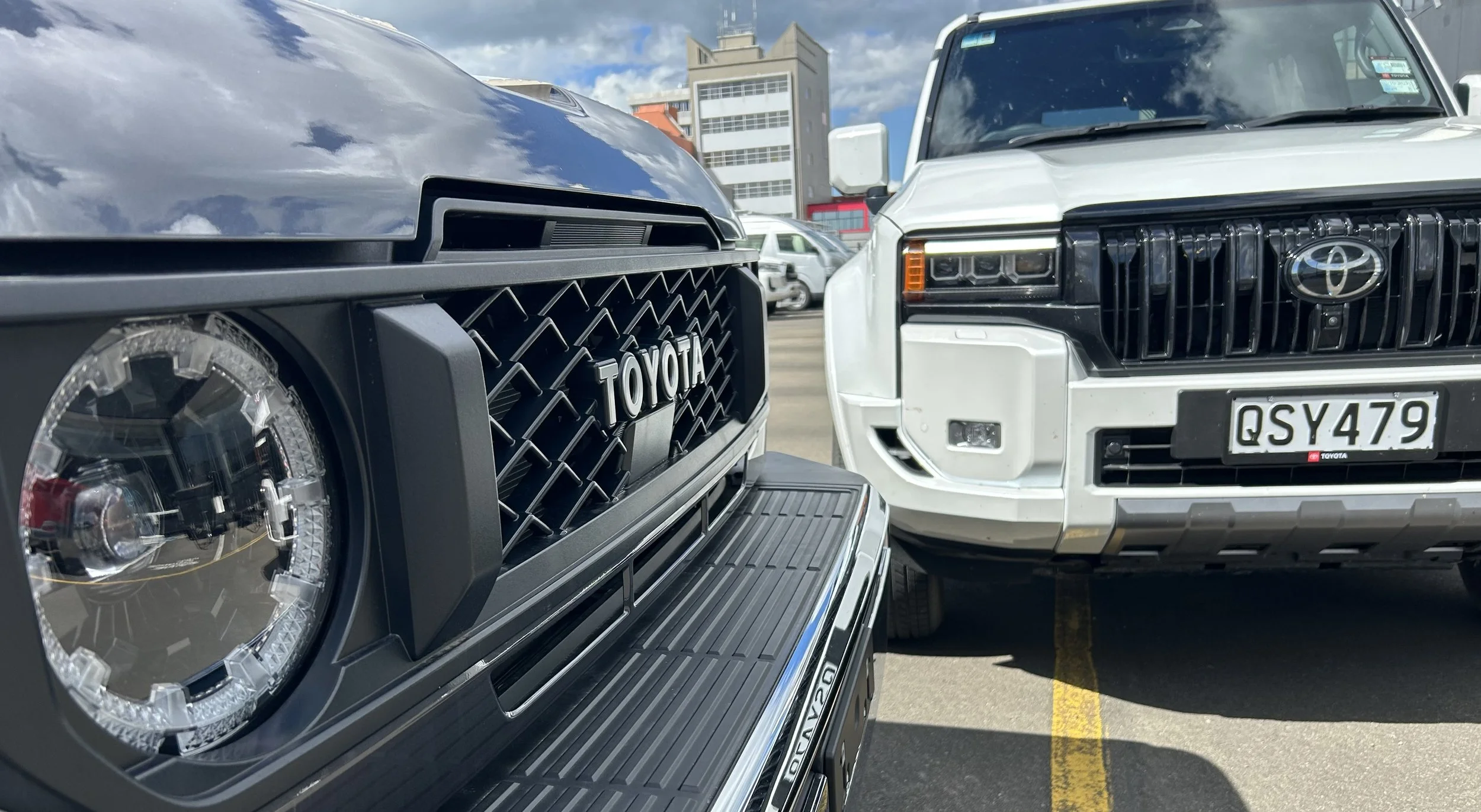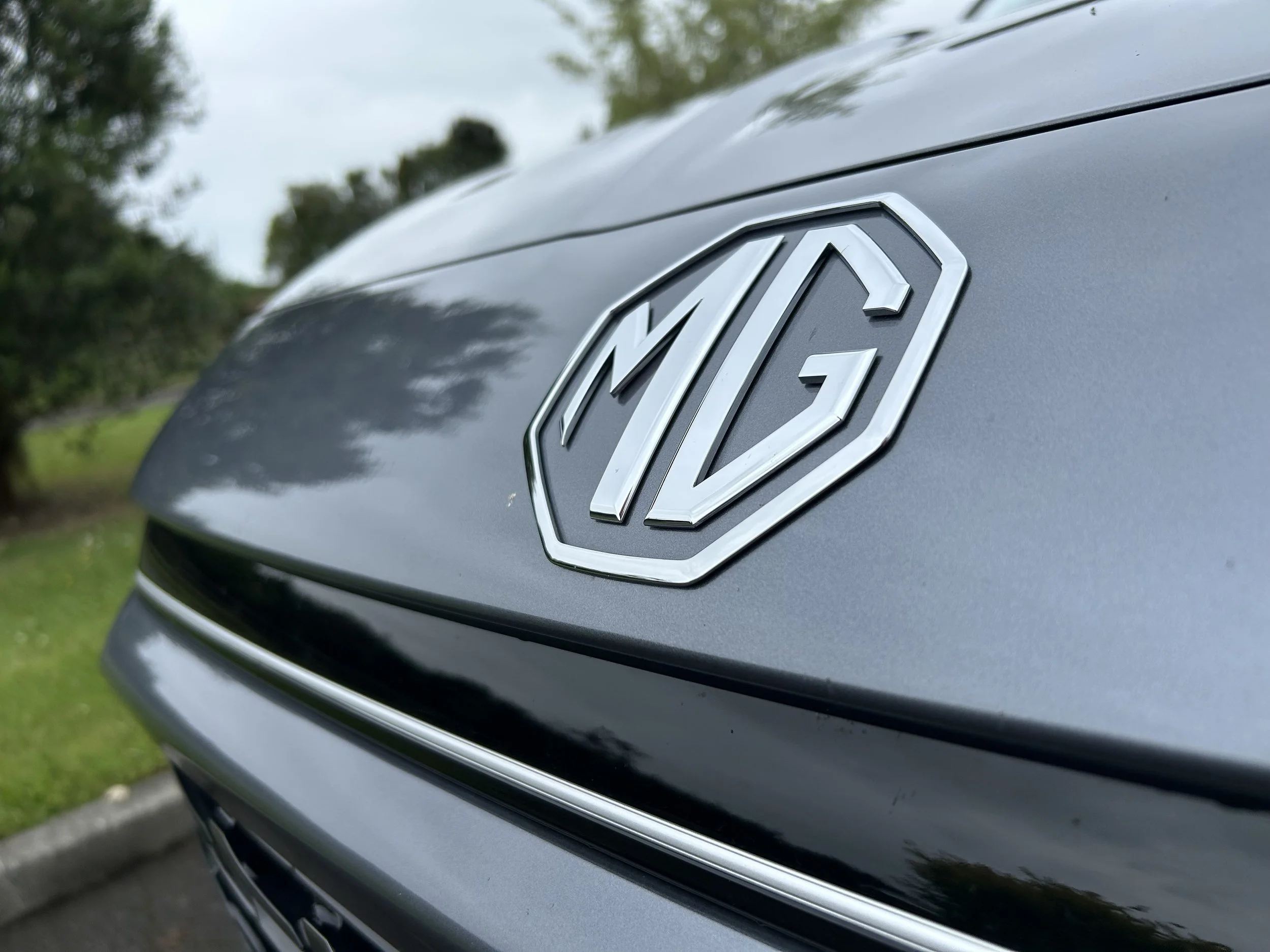Podholic: It’s dirty work, but …
/Thinking about polishing up your car cleaning game?
IT’S a love-hate affair, right?
Some of us crave having our cars look picture-perfect, yet cleaning the damn things is such a faff.
Not everyone feels this way. There are those who love the vehicle detailing process to the point that it becomes a way of life, a hobby, and a business opportunity.
If you’re one of the latter, the Auto Detailing Podcast has you covered. Broadcast weekly, this American show is hosted by Jimbo Balaam – an entrepreneurial detailing expert who has endured many years of hard graft to get to where he is today.
Initially, this writer was sceptical about diving into a pod about vehicle detailing – if people find car cleaning boring, then surely this podcast will be too? Right? Nope, it isn’t the case at all.
Pleasantly, it turns out the show offers a bucket load more. If you’re looking to start any small business, Balaam’s journey from nothing to success arguably makes a better listen than many of those self-fulfilling TED Talks you may have seen. Impressively, the pod covers a wealth of information surrounding marketing strategies, pricing and how to score those all-important big jobs.
Balaam's interviews with other top detailers highlight how passion and attention to detail are the founding pillars within the vehicle grooming industry. Make no bones about it; these are genuine car enthusiasts who are lucky enough to wax their craft on some of the world's most exotic cars.
Of course, detailing basics from preparation to the final presentation are covered too. I found the podcast an excellent tool for learning about safe washing techniques (to prevent unsightly swirls), paint correction processes, wax vs ceramic coatings, paint protection film, and so much more.
Will I quit my day job for a career in auto detailing? Probably not. But if this sounds like you, then chuck in those headphones, grab a notepad and have a listen!
The Auto Detailing Podcast Homepage https://www.autodetailingpodcast.com/podcast
















